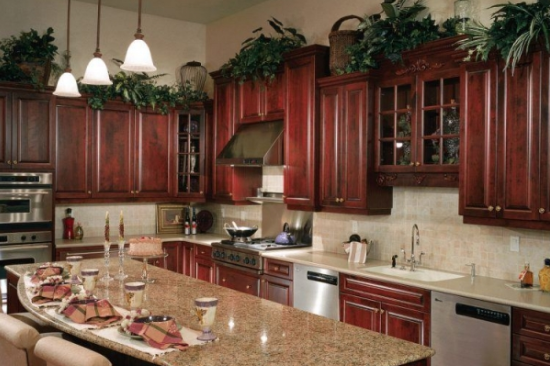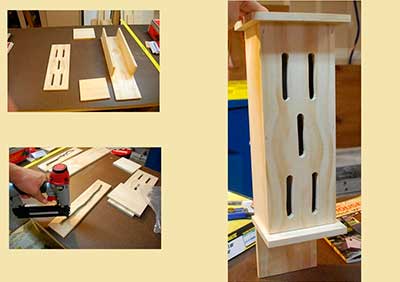As kitchen cabinets Pittsburgh, PA explained, if we set objects up there, do you perceive how they would have diverted the eye from the island and those gutsy light installations? In the field of velvety white, the extras would have stuck out and pointed out themselves.
 This kitchen was redesigned with new completes and another island, however we left the edge cabinets. Nowadays, we generally take cabinets to the roof or if nothing else higher than this, so my motivation here was to mix the cabinetry with the divider shading so these more seasoned cabinets didn't stick out or get took note.
This kitchen was redesigned with new completes and another island, however we left the edge cabinets. Nowadays, we generally take cabinets to the roof or if nothing else higher than this, so my motivation here was to mix the cabinetry with the divider shading so these more seasoned cabinets didn't stick out or get took note. Maybe the developers didn't get the update that in case you're going to raise the roof, the cabinets and different components need to go as well!
On the off chance that your bureau is genuinely short - suppose around 5' or 6' high and it looks route shorter than the roof. On the off chance that it kind of shouts out for something to be placed above it - that is alright, you can design it
Truly, there are a couple of approaches you can take while designing over a bureau.
Along these lines, to ensure one of them truly works for you, you initially need to decide whether you have the correct space for what you need to set up there and on the off chance that you have the correct accomplices to carry out the responsibility.
On the off chance that you do, you would then be able to start to address your bureau enlivening as follows.
Are your roofs truly elevated? Is there so much vertical space between the roof and your cabinets that the room looks vacant and incomplete?
Ordinarily a shelf, or cabinet, or the kitchen cabinetry feels excessively squatty in a room. This is an example when you have to let your stylistic layout things outwardly expand the tallness of the household item or the cabinets.
On the off chance that you put any things up there, they should be enormous and massive. Bigger, bolder objects ought to consistently be utilized on the off chance that you'll be seeing them a good ways off.
What we're attempting to do here is expand the visual stature of the piece, so it seems taller.
At the point when you have a truly astounding assortment of something, and you ridiculously, truly need individuals to see it, showing what you have over the cabinetry can be proper.
Keep in mind: Quantity is your companion in this circumstance. You're making a visual even band or outskirt, sort of like a cornice or structural frieze or something to that affect, which must be practiced with bunches of redundancy of shape and worth.
Another motivation to put something on head of a bureau is to simply finish it off, to give an enhancing adornment or structural piece that is absent from the bureau. A twist.
Having stylistic layout things on head of a bureau that mix with the divider can give you the capacity and show space you want, and they won't command the scene or cause everything to appear to be cumbersome.
Balancing work of art on the divider over a bureau basically does likewise as the various recommendations I've referenced here, anyway the item is level and holds tight the divider as opposed to sitting on head of the bureau.


